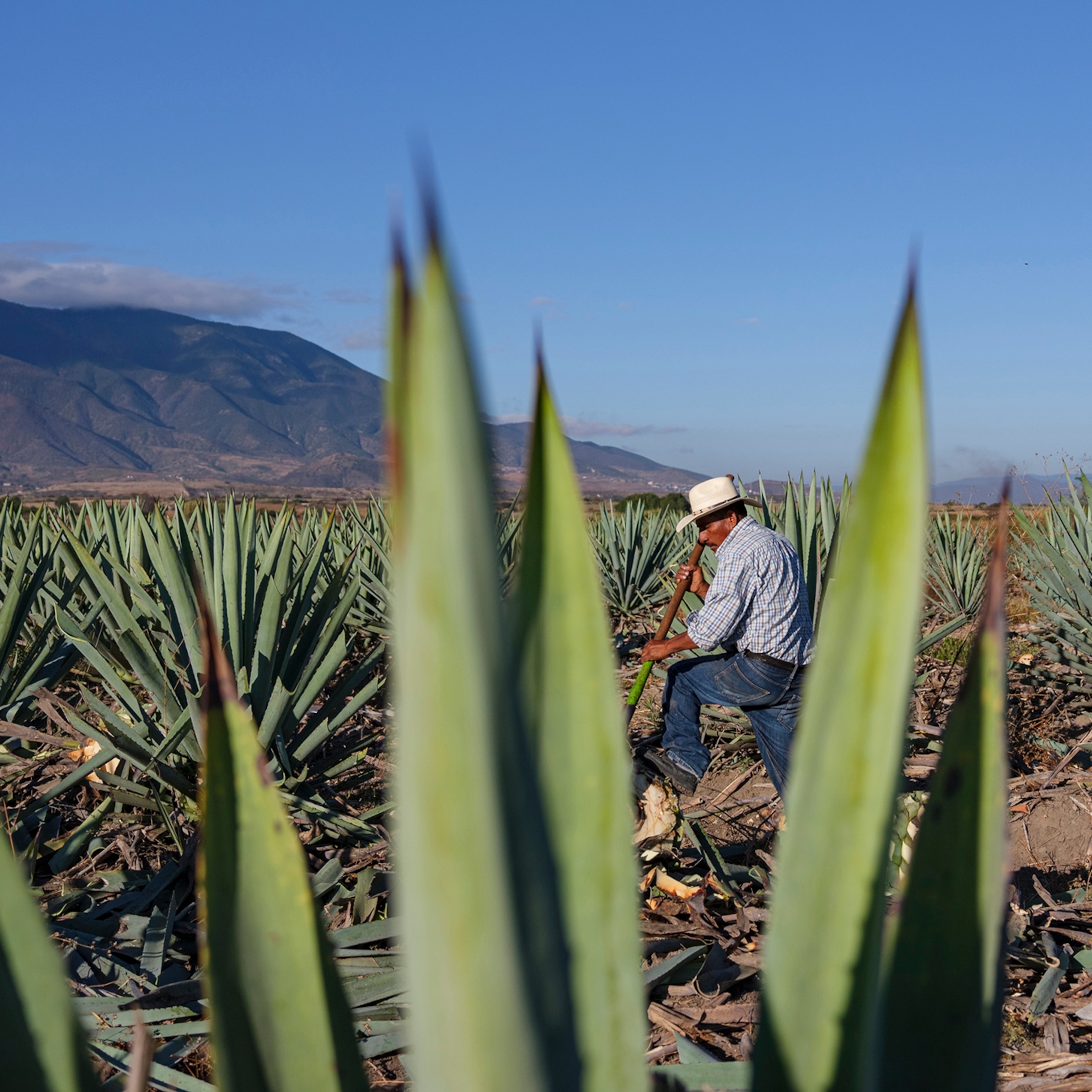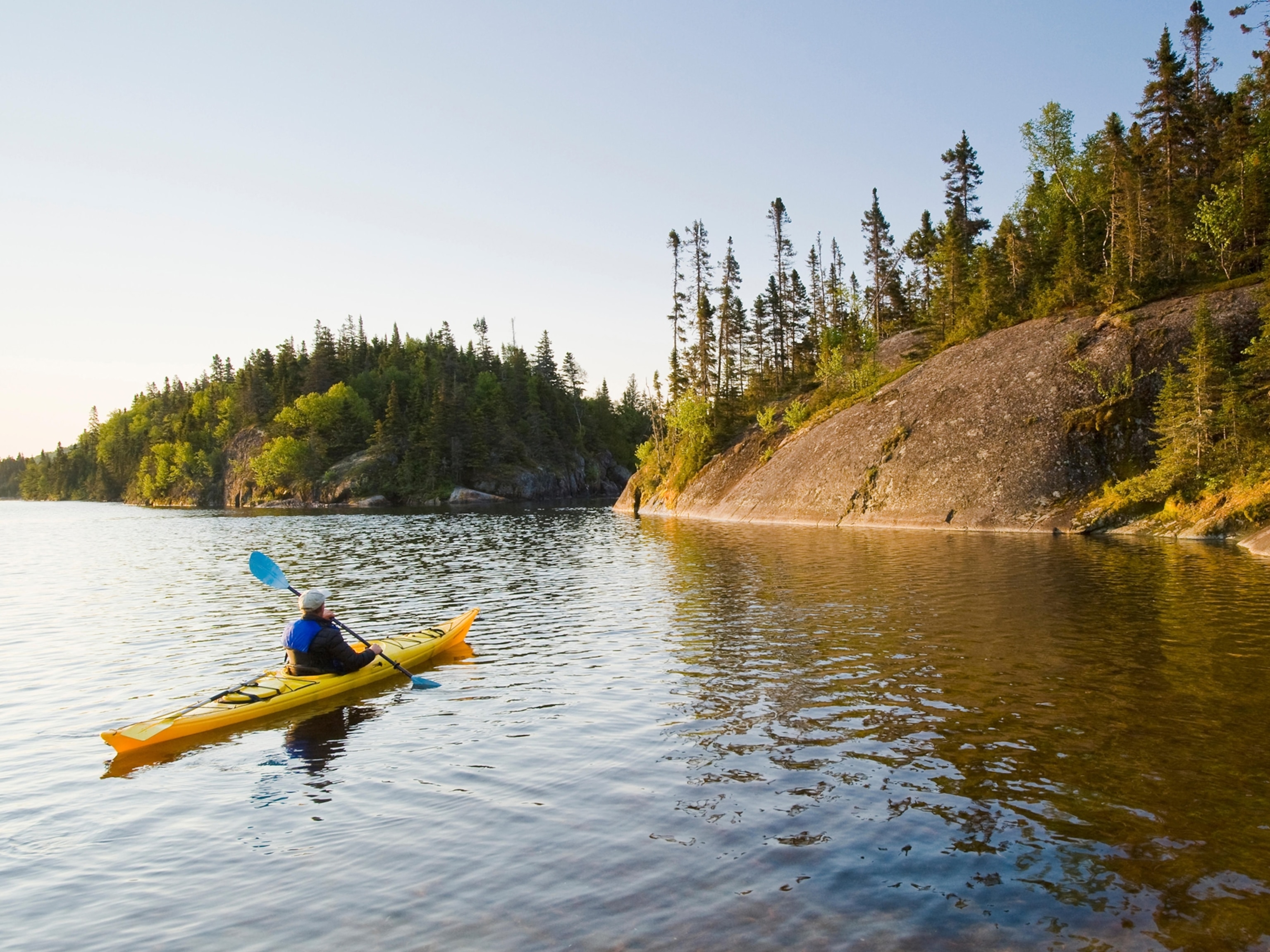
Sea turtles, hummingbird charms, and other souvenirs not to buy on vacation
Follow these tips for ethical and humane shopping on your next trip.
The thrill of discovery propels our journeys, but sometimes curiosity can kill the cat—literally. In the Akodessewa Fetish Market of Lomé, the capital city of Togo, travelers can find piles of animal parts and pelts, including those from cheetahs and other big cats. While these are not intended as souvenirs—the market functions as a source for ritualistic fetishes and charms—it’s easy to see that the wildlife trade is active around the globe. Last year, a man was arrested at Los Angeles International Airport for carrying nearly a hundred dead hummingbirds—often sold as love charms—in his suitcase. (Here are more bizarre items that TSA finds in airports.)
Travelers can play an important part in conservation efforts. While you probably know bringing live animals home is a bad idea, it can be easy to risk harming wildlife without realizing it. To add to our original list—which includes snake wine and bird feathers—here are nine more wildlife souvenirs to avoid.
Seahorses
There are more than 40 different species of seahorses, and many of them are endangered or vulnerable. Nonetheless, an estimated 150 million seahorses are captured and left in the sun to dry every year, later to be used in traditional medicine or sold as curios and souvenirs. Hundreds of thousands more are sold live for the aquarium trade. You can bring them home in limited quantities, but you may need a permit. U.S. Fish and Wildlife Service recommends checking with the proper authorities in the country you’re visiting before coming home. (Follow these guidelines for ethical animal encounters on your vacation.)
Animal skins and furs
Purchasing souvenirs abroad made from animal skin to bring home to the U.S. is often ill-advised—whether they’re handbags made from crocodile leather or a coat lined with tiger fur. Here are just a handful of the many animals whose pelts could get you in trouble: lizards, snakes, seals, polar bears, otters, tigers—and the list goes on. Reptile leather products (boots, belts, shoes, etc.) are commonly seized souvenirs, and countries like South Africa, the Philippines, and China require export permits. If in doubt, the Fish and Wildlife Service says it’s probably not worth the risk.
The purchase of genuine handicrafts made by Alaska natives using polar bear and otter fur is legal. For more information on how to tell whether it's authentic, check out the FTC's guide for buying Alaska native art.
Rosewood instruments
More than 350 species of rosewood, often used to make guitars, flutes and clarinets, are protected. The illegal rosewood trade in Africa and Asia is threatening the existence of this timber, which accounts for more than a third of seized wildlife products. As of last year, international sales of rosewood require permits. (Discover music around the world.)
Hummingbird charms
Marketed as supernatural tokens to help you snag a man and keep him loyal, dead hummingbirds (or chuparosas) can be found in Mexican markets for less than three dollars. Vendors can also be found across the border in Southern California and Texas. Purchasing, selling or possessing the birds without proper documentation is a crime.
Cacti
When returning to the United States, you’ll have to leave cacti and other plants—like your orchids and palm fronds—behind. The U.S. Department of Agriculture bans some agricultural products, which can bring back pests and diseases. Check their website to see what’s allowed.
Seashells and coral
It might be tempting to pick these up on your island getaway, but many countries limit the export of these items. Because of overharvesting, certain corals are listed as an endangered species, and much of the seashell industry is illegal because the shells are collected with live animals still inside. Do your research on the country’s laws before you buy.
Sea turtle products
Almost all species of sea turtle are endangered, and the trade of their eggs, meat, and shells is illegal. Watch out for products such as jewelry, hair clips, musical instruments, turtle leather products, and anything labeled “tortoiseshell,” and when you stop for a snack, avoid sea turtle soup and eggs.
Shahtoosh
These shawls made from the wool of Tibetan antelopes, also called chiru, are illegal in the United States because obtaining the wool means killing several of the endangered animals. In 2018, Martha Stewart took heat for saying she never traveled without one during an interview with The New York Times. She quickly clarified that she meant “shahtoosh-like” and that her scarf was actually made of cashmere. (Read more about the demand for these $20,000 scarves.)
Wildlife photos
While not technically a souvenir or a crime, taking selfies with animals can be cruel behind the scenes. At wildlife tourist attractions, animals like sloths and anacondas are often beaten into submission before photos are snapped, and the critters are usually captured as babies and held in inhumane conditions. But not all selfies are bad! Get those Instagram likes with photos of wildlife in their natural habitat—and avoid human contact or restraining animals. (Follow these expert tips to photograph animals ethically.)
Where can a traveler report illegal wildlife trade?
For more information, visit the U.S. Wildlife and Trafficking Alliance’s #BuyInformed page or check if you need a permit on the U.S. Fish & Wildlife website. If you spot wildlife crime in action, you can report it by downloading the Wildlife Witness app.
Want more information? Read more from the U.S. Fish and Wildlife Service’s tips for travelers and the World Wildlife Fund’s buyer beware guide.







